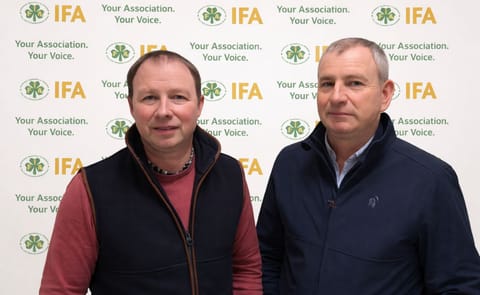Working in partnership with the Asian Vegetable Research and Development Center (AVRDC), Worldfish, and Bangladeshi partners, CIP recently launched a bold program to raise incomes and improve nutritional health through greater use of potato, sweetpotato, and vegetables in disaster-prone southern Bangladesh. Its aim is to generate positive impacts for 100,000 families in this highly vulnerable area over the next four years.
Poverty affects 40 percent of people in Bangladesh. Malnutrition is among the highest in the world, with 56 percent of preschoolers underweight. This project aims to address poverty and food insecurity through innovations in the production, marketing, and consumption of potato, sweetpotato, and high-value vegetables, such as tomato, pumpkin, eggplant, and gourds.
The project has a two-pronged approach, involving both homestead gardens and more commercial production. Training for homestead garden producers is focused on nutrition, improved subsistence production, and potential for income generation. Like the commercial production component, which targets small-scale producers, it incorporates models and lessons learned from CIP and AVRDC experiences in the region and in other parts of the world.
Gordon Prain, who is one of the project leads, cites some examples:
“Together with our partners at Worldfish, we will apply lessons learned from CIP’s work to promote orange-fleshed sweetpotato in Africa, including seed multiplication and outreach to pregnant women with vouchers for planting material and nutrition counseling through prenatal care services. We are implementing lessons from India and earlier work in Bangladesh on how to incorporate potato into rice-based systems. We also plan to adapt the Farmer Business Schools approach used by CIP in Indonesia, which itself derived basic ideas from the Participatory Market Chain Approach originally developed in Latin America through CIP’s Papa Andina Program.”
One of the challenges of the project has been its fast pace. “There was urgency in getting this project up and running quickly to plant and harvest a season of potato and sweetpotato in the fallow period before the 2012 planting season for rice,” explains Mohinder Kadian, Regional Potato Specialist. Within two weeks of the project’s approval, the team was planting potato and sweetpotato and starting a series of intensive trainings with farmers and technicians on topics such as seed multiplication, varietal evaluation, and integrated pest management.
Another aspect of the project’s fast track has been how it has exemplified the importance of cross-center collaboration at CIP. “Not only does this project rely on cross-linkages between our global and regional programs,” notes Prain, “it also has benefited from close collaborations between research and operational areas required to get the needed people and resources into place, particularly in a country where we did not have a permanent presence already.”
The program aims to reach 30 percent of potato, sweetpotato, and vegetable producers in four districts of southern Bangladesh over the life of the project, with the goal of ensuring their nutrition and food security needs and increasing their incomes by 20 percent.
The project is being implemented with the Asian Vegetable Research and Development Center. Other key partners include Worldfish, BRAC, the Bangladesh Agricultural Research Institute (BARI), through its Tuber Crops and Horticulture Research Centers and the Entomology Division, the Department of Agricultural Extension (in target districts), Bangladesh Agricultural Development Corporation, and other Bangladeshi organizations.
Source: International Potato Center
Primaire tabs
Diversifying diets to improve nutrition and incomes in Bangladesh
Like to receive news like this by email? Join and Subscribe!
Get the latest potato industry news straight to your WhatsApp. Join the PotatoPro WhatsApp Community!
Uitgelichte Bedrijven
Sponsored Content
Sponsored Content
Sponsored Content
Sponsored Content










